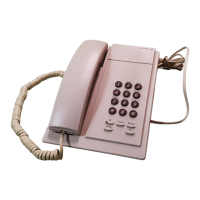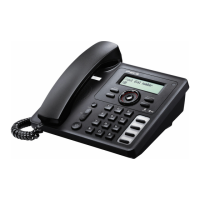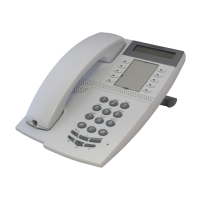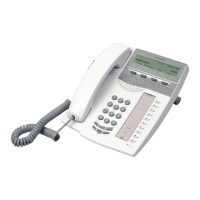GH688,GA628, Standard Electrical Repairs
4/00021-2/FEA 209 544/1.G 41 (112)
* If the resistance is too high there is a foil damage and the phone is to be
discarded.
Fig. 6.6
Check the resistance from GND (pad 10) to AGND (pad 4) at the system connector
(~0 ohms, fig. 6.5).
• If the resistance is too high there is a foil damage and the phone is to be dis-
carded.
Give the board power and start it by grounding N451 pin 6 (fig. 6.6).
• If the phone starts the problem can’t be solved at this level.
• If it doesn’t start, replace V453 (class B, fig. 6.6).
* If that doesn’t help, replace V704 (class A, fig. 6.2).
When you’ve repaired the fault you need to verify the charging function as
described in section 6.1.1.
6.4 Starts and indicates that it is charging but
doesn’t charge.
Open the phone and check for liquid damage.
Check the system connector pads for oxidation and burn damages, especially pad 10
(GND, fig. 6.4).
Measure the resistance from DCIO to VBATT (~390 ohms, fig. 6.5).
• If the resistance is too high, measure R468 (class B, ~0.1 ohms) and R467 (class
A, ~390 ohms, both of the on fig. 6.6).
* If the values are correct, check the resistance from DCIO to R467 (~0
ohms, fig. 6.5, 6.6).
* If the resistance is too high there is a foil damage and the phone is to be
discarded.
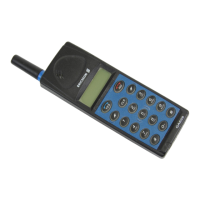
